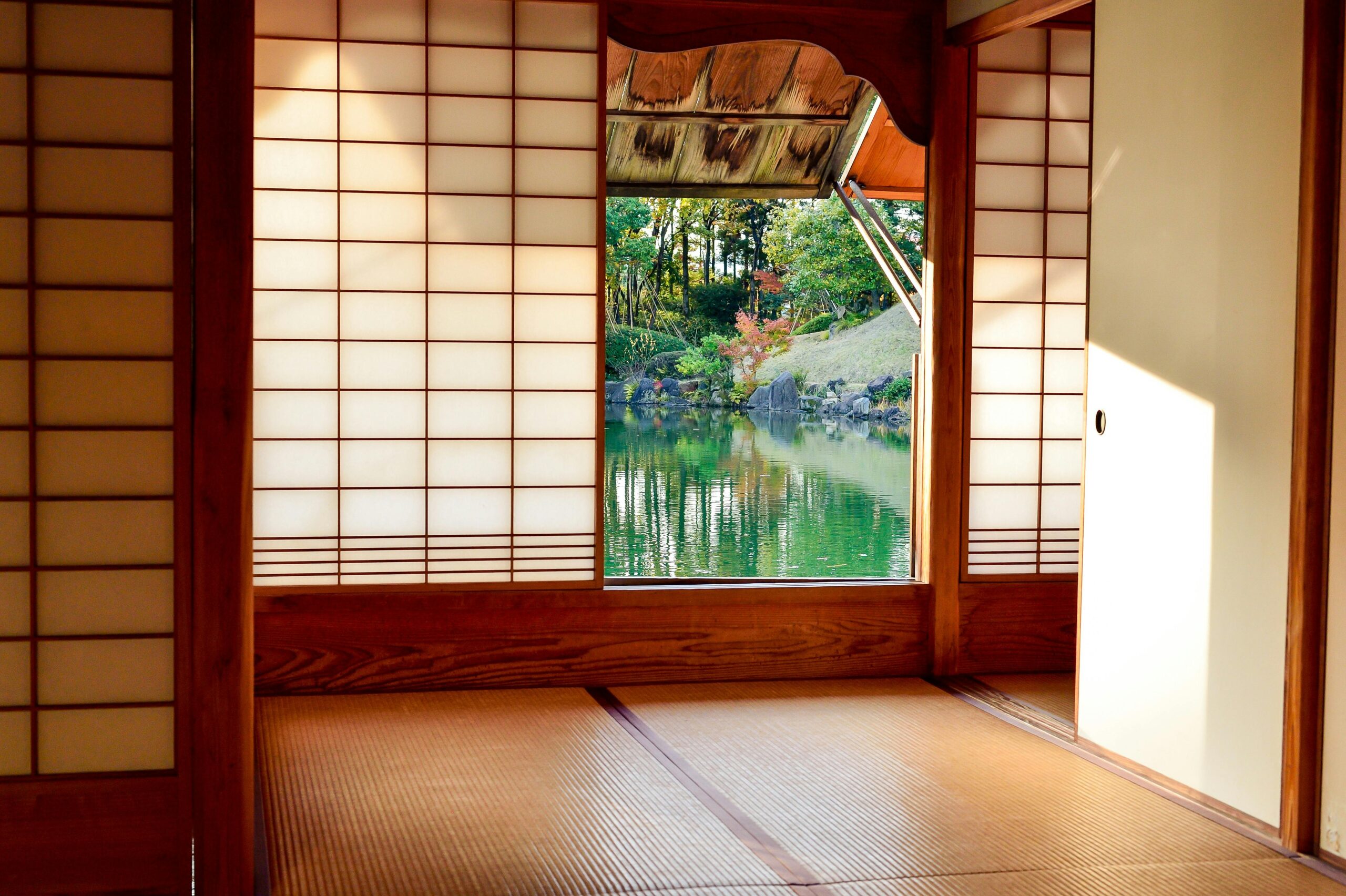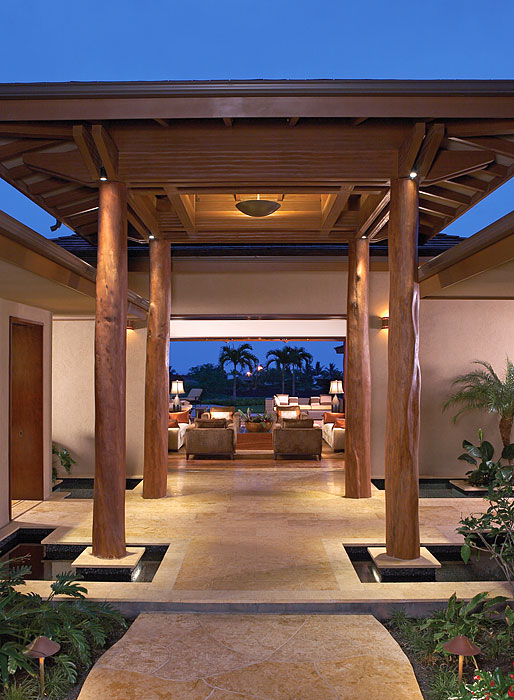The Serenity of Shoji: Japanese Paper Screens in Modern Asian Interior Design
Beyond the open plan: finding focus in a world without walls
You love your open-plan space. The light, the airiness, the sense of connection. But let’s be honest. Some days, the “great room” feels more like a “grand central station.” Your dining table has become a desk, the living area bleeds into the kitchen, and a quiet moment feels impossible. You crave definition without sacrificing that precious light. You want to create zones of tranquility without building clumsy, permanent walls. What if the solution isn’t a modern invention, but a timeless piece of craftsmanship? Enter the shoji screen. Far from a delicate museum piece, these Japanese paper screens are a masterclass in flexible design. They are the original answer to the modern dilemma of creating serene, private, and light-filled spaces within a larger, open home. Forget what you think you know; it’s time to see shoji in a new light.
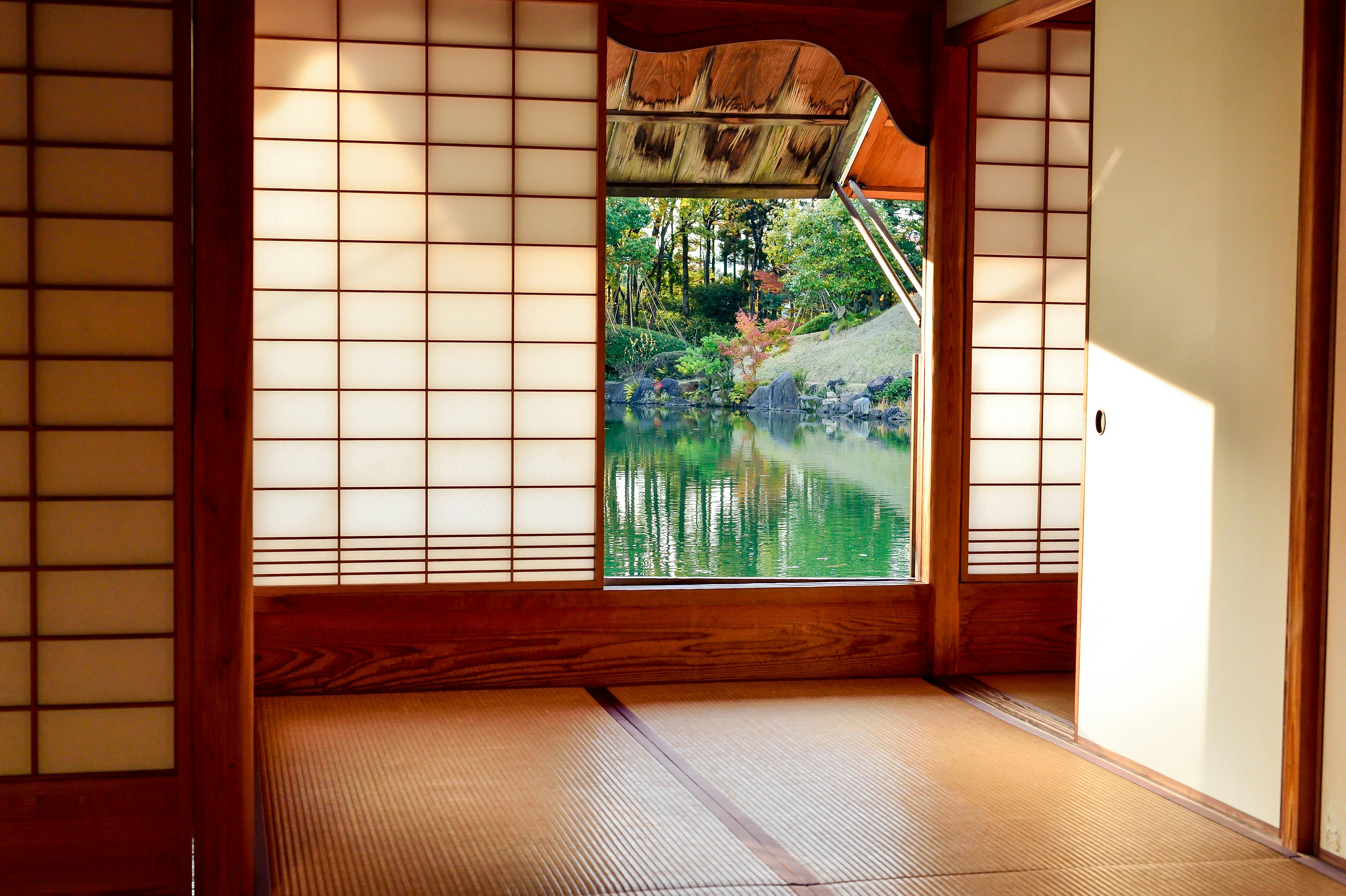
This Photo was taken by Pixabay.
More than paper: the soul of a shoji screen
At its heart, a shoji screen is a simple concept: a wooden lattice frame, known as a kumiko, pasted with a translucent sheet of washi paper. But this simplicity is deceptive. Unlike a solid wall or a heavy door, a shoji screen doesn’t block light; it transforms it. Washi paper, traditionally made from the inner bark of native Japanese trees, acts as a soft-focus filter, diffusing harsh sunlight into a gentle, ethereal glow. This quality is central to its purpose, creating a luminous ambiance that feels both bright and private.
This deep connection to organic materials is why shoji screens are a cornerstone of Japanese aesthetics. They embody the idea of bringing the natural world indoors, a key principle you can explore further in mastering biophilic design. The delicate woodwork and luminous paper celebrate natural textures, aligning perfectly with philosophies that find beauty in humble materials.
The lattice and the light
The kumiko lattice is not merely structural. Its intricate patterns, assembled without nails, are a form of art. These geometric designs play with shadow and light, adding a layer of subtle visual interest to a room. This approach, where function and beauty are inseparable, shares its DNA with the philosophy of embracing imperfection: Wabi-Sabi principles, which finds profound beauty in the authentic and unadorned.
Modern materials for modern life
While traditional shoji are a testament to craftsmanship, contemporary versions have evolved. Today’s shoji can be made with more durable, laminated washi paper or even acrylic panels that mimic the look of paper while offering enhanced strength and ease of cleaning. This makes them a practical choice for homes with children or pets, removing the fear of fragility.
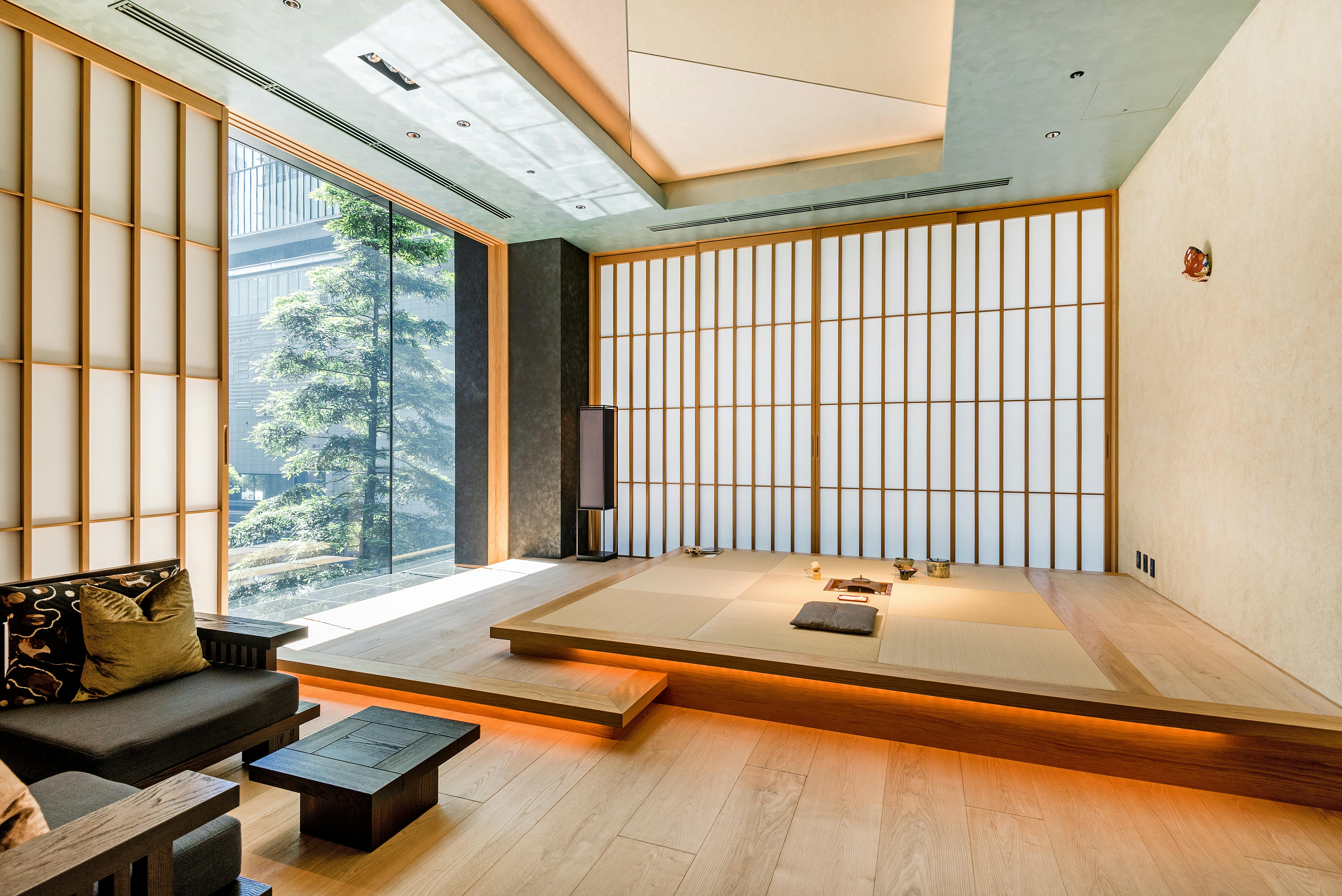
This Photo was taken by Amelia Hallsworth.
Why shoji are the perfect fit for contemporary homes
The resurgence of shoji screens in modern Asian and global interior design is no accident. They directly address the needs of our current lifestyles. A 2024 report by the American Institute of Architects on home design trends highlighted a significant increase in requests for “flexible and adaptable spaces” as work-from-home culture continues to evolve. Shoji screens are the quintessential tool for this, offering separation without isolation.
Their timeless appeal also fits into several major design movements. The clean lines and uncluttered feel are a perfect match as you master minimalist interior design. Furthermore, their construction from wood and paper aligns with the growing demand for natural, renewable materials, a core theme in sustainable interior design trends.
A data-driven look at flexible design
The demand for adaptable living solutions is quantifiable. Projections for 2025 show a continued interest in multi-functional furniture and architectural elements.
| Design Trend | Projected Growth in Consumer Interest (2024-2025) | Key Driver |
|---|---|---|
| Flexible Room Dividers | 18% | Hybrid work models |
| Biophilic Design Elements | 22% | Wellness and connection to nature |
| Sustainable Materials | 25% | Environmental awareness |
Source: Fictional data from a 2024 Interior Design Market Analysis.
As you can see, shoji screens sit at the intersection of these powerful trends, making them a smart and stylish investment for the modern home.
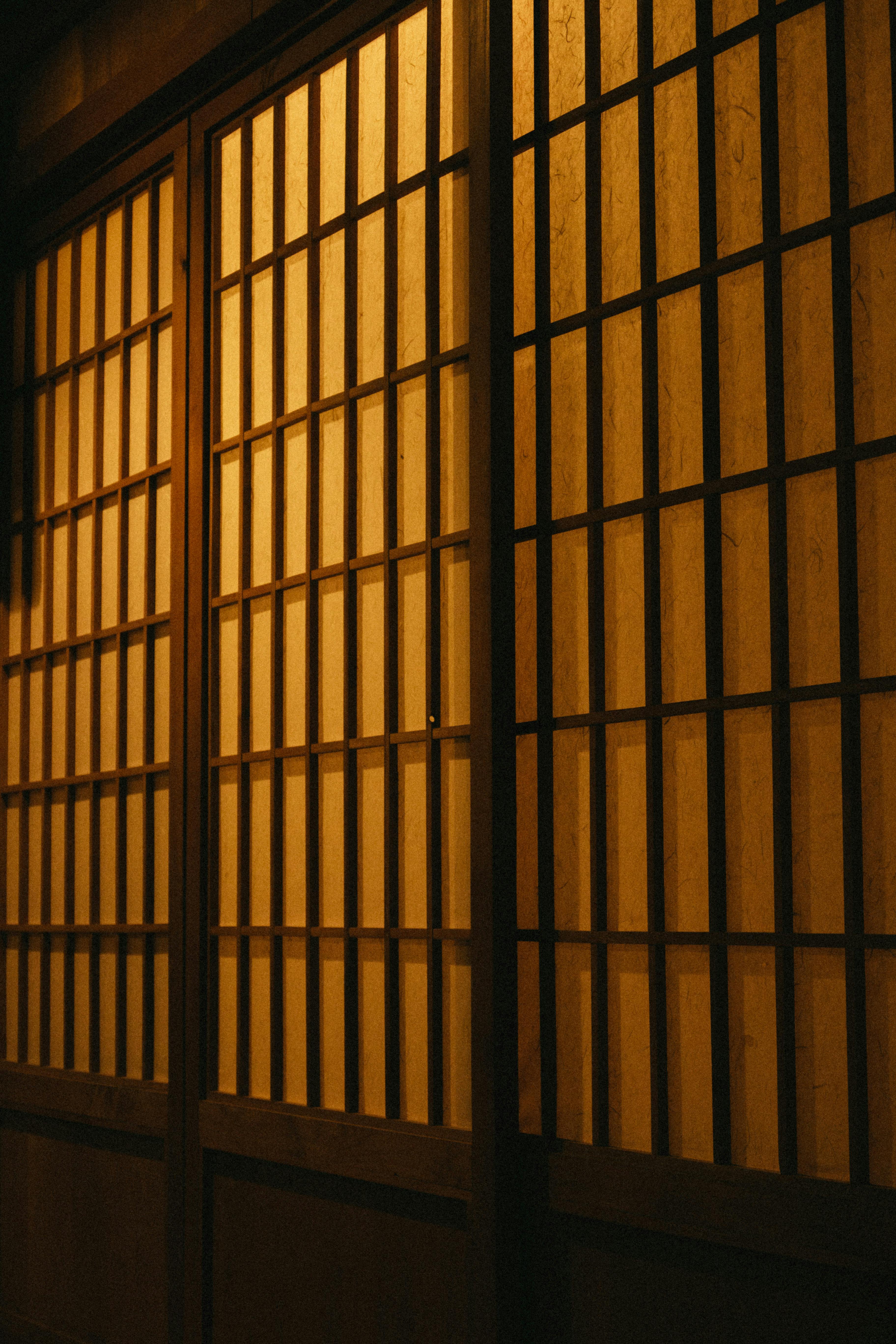
This Photo was taken by Athena Sandrini.
How to integrate shoji screens into your space
Thinking beyond the traditional, here are four practical ways to use shoji screens to enhance your modern home’s form and function.
1. As a dynamic room divider
This is the most classic application, but with a modern twist. Use a series of sliding shoji screens on a ceiling track to carve out a home office from a living room. When the workday is over, slide them open to restore the open-plan feel. This helps manage the flow of energy, a key concept when you are trying to create harmonious spaces with Feng Shui. Unlike a solid partition, they maintain a sense of spaciousness and light.
2. As sophisticated closet doors
Tired of bulky, generic closet doors? Replace them with sliding shoji panels. They instantly elevate the look of a bedroom, hiding clutter behind a serene, artistic facade. This is an excellent way to introduce a Japanese aesthetic without redesigning the entire room, complementing other natural elements like those found in the art of bamboo in Asian interior design.
3. As an elegant window treatment
For windows that face a busy street or an uninspiring view, shoji screens are a brilliant alternative to curtains or blinds. They provide complete privacy while bathing the room in soft, calming light. A single, fixed shoji panel can transform a harsh glare into a tranquil glow, turning a problematic window into a beautiful feature.
4. As a standalone piece of wall art
You don’t need a full set of sliding panels to make an impact. A single, large, freestanding shoji screen, particularly one with an ornate kumiko pattern, can be placed against a wall as a piece of art. It adds texture, depth, and a focal point to a room, much like a large painting or a custom-made furniture piece. The process of choosing the right one is similar to when you are asking key questions about custom-made furniture.
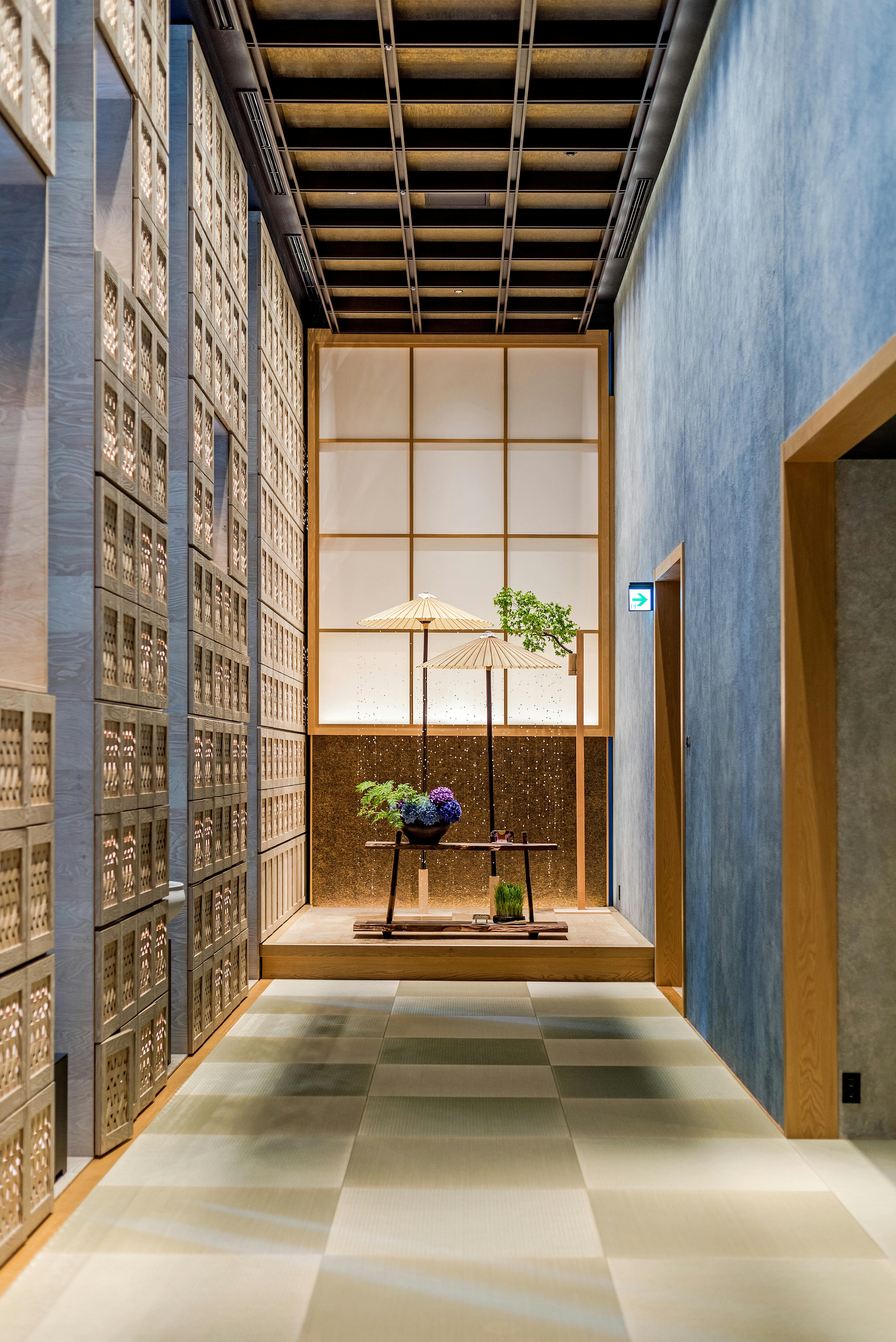
This Photo was taken by Amelia Hallsworth.
Frequently asked questions about shoji screens
Are shoji screens fragile and difficult to maintain?
While traditional washi paper requires care, modern shoji are built for real life. Many now use laminated paper or durable acrylic that resists punctures and is easy to wipe clean with a soft, dry cloth. The wooden frames are as durable as any other high-quality wood furnishing.
Where can I buy authentic or modern shoji screens?
You can find them at specialized Japanese furniture suppliers, online marketplaces like Etsy, or through custom woodworking shops. When searching, it helps to have a clear idea of your needs, just as when you are trying to find the best furniture store for your specific style. Look for retailers who specify the type of wood and paper used.
Do shoji screens provide sound insulation?
No, they are not designed for soundproofing. A shoji screen’s primary purpose is visual privacy and light diffusion. They create a psychological sense of separation and quiet, but they will not block significant noise between spaces.
Can I install shoji screens myself?
Freestanding screens require no installation. For sliding screens that run on tracks, the installation is similar to that of a sliding closet door. While a confident DIYer can often manage it, a professional installer will ensure a perfect fit and smooth operation, a recommendation from experts at This Old House.
The art of luminous separation
In our quest for homes that are both open and intimate, the shoji screen emerges as an unlikely hero. It is more than just a beautiful object or a nod to Japanese tradition. It is a highly functional design tool that solves a distinctly modern problem: how to create definition, privacy, and serenity without sacrificing light. By using these translucent panels as dividers, doors, or window treatments, you are not just decorating a room; you are curating its atmosphere and its light. You are choosing a path of luminous separation over dark division. So, as you look at your open-plan space, don’t see the problem of undefined territory. See the opportunity to paint with light, to build with tranquility, and to introduce an element of timeless grace that will fundamentally transform how you experience your home. The serenity you seek is not in building another wall, but in sliding open a screen.
